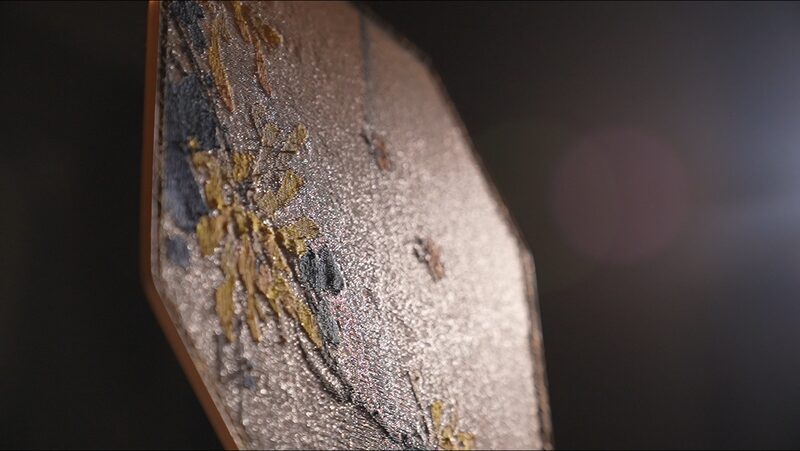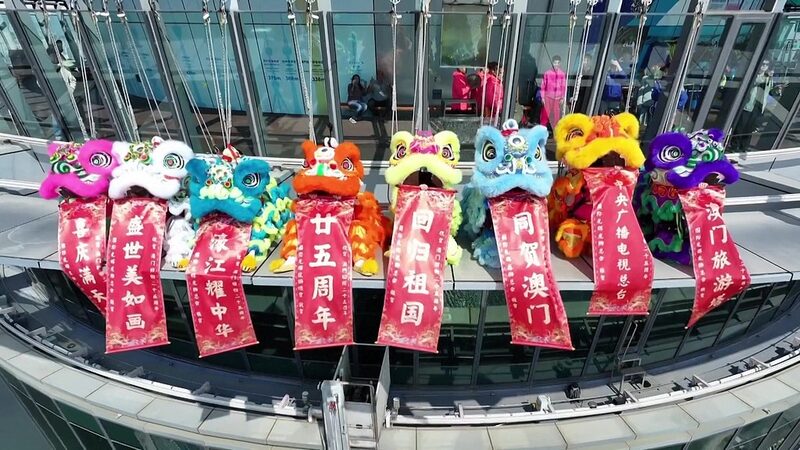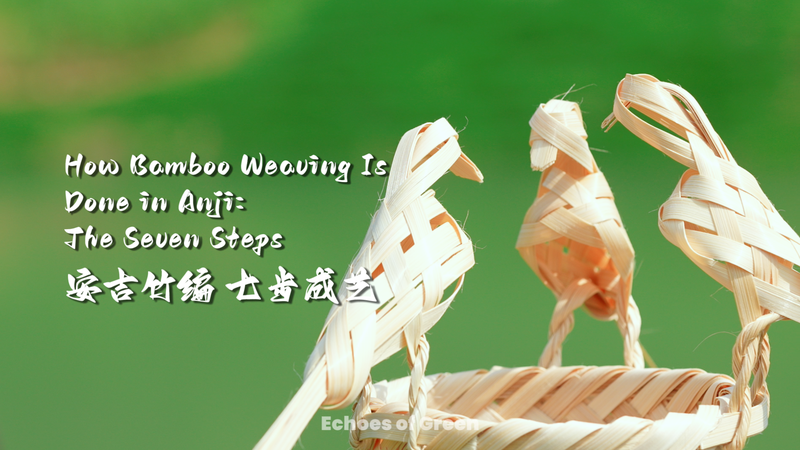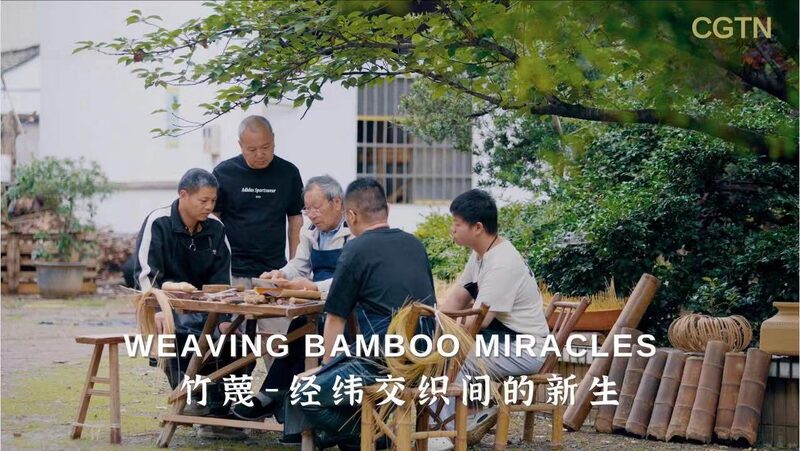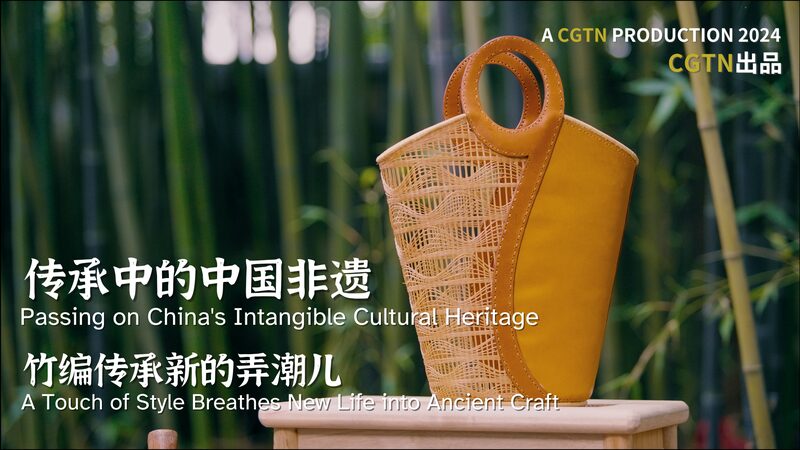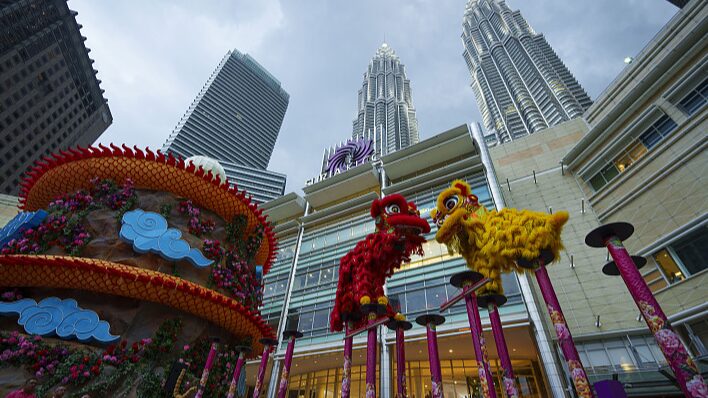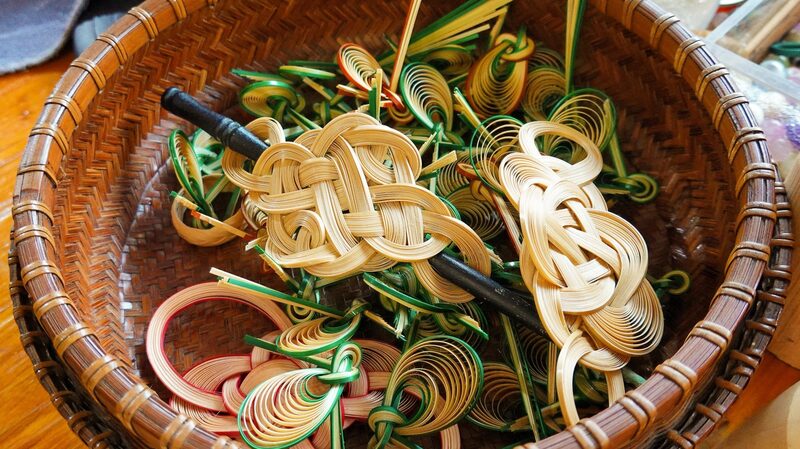The lion dance, a centuries-old tradition symbolizing prosperity and unity, has become a vibrant thread weaving together the cultural fabric of the Chinese mainland and Malaysia. Young practitioners from both regions are breathing new life into this art form by integrating high-pole acrobatics, dynamic light displays, and modern choreography, creating performances that captivate global audiences while honoring ancestral roots.
Guangdong's master artisans, renowned for crafting intricately designed lion heads using bamboo and silk, now supply these cultural icons to Malaysian troupes through cross-border trade partnerships. Meanwhile, regular exchanges between performance groups—supported by both government and private initiatives—highlight shared heritage. Malaysian groups often blend local music and storytelling into the dance, reflecting the nation's multicultural identity.
"This isn’t just about preserving history," says Kuala Lumpur-based troupe leader Amin Tan, whose team uses LED-enhanced costumes. "We’re building a language of creativity that resonates with Gen Z while showcasing Asia’s living traditions." The fusion has economic ripple effects too, with cultural tourism initiatives attracting visitors to festivals in Penang and Foshan.
As the Lunar New Year approaches, collaborative performances are scheduled at international venues, underscoring how cultural innovation fosters mutual understanding. For Malaysia's ethnic Chinese communities and younger generations globally, these evolving traditions serve as both a homecoming and a bridge to broader audiences.
Reference(s):
cgtn.com

